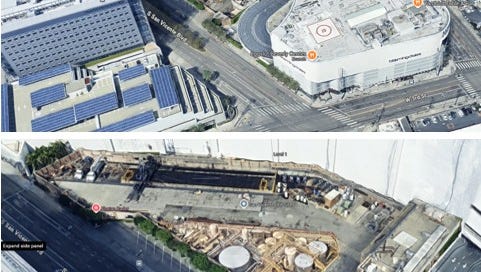Frac Lessons from Beverly Hills, 90210
These days, it is unusual to say something positive about California energy development. Yet, there are lessons to be learned about our industry’s interaction with the community.
Oil and gas remain firmly in first and second place as sources of primary energy consumption for Californians. In-state oil production, however, has been on a long decline, from more than 1 million barrels of oil per day in the 1980s to less than 300,000 barrels of oil per day now.
NIMBYism has pushed it to import its oil, about 5 tankers every week, from beacons of clean oil production such as Iraq, Ecuador and Saudi Arabia. Last year, frac’ing was banned, and oilfield development in the massive LA Basin and San Joaquin Valley is bound to come to a halt without well stimulation.
It breaks my heart. I spent my early career in a little-known oil town called San Francisco. Under the guidance of an incredibly able and gentle mentor, Bill Minner, I was allowed to sit fracs in Southern California. A few of these jobs were in Beverly Hills, about a mile from Rodeo Drive.
In the half-moon shape left out of the Beverly Center, we conducted conventional frac’ing with relatively small stages and low rates on about 40 wells. While this site could not host a modern shale frac, Beverly Center frac’ing is a good example of containment and our industry being out of the way.
This is the only frac location I know of that is steps from a Gucci store. From what I remember, and judging from the street view, no one has a clue. There are other sites throughout LA that have a similar embedded feel to it.
As an industry, especially in Colorado where urban centers are encroaching on long-term oil & gas development, our industry has worked toward more containment, noise reduction, dust reduction, fuel and emissions reduction, well count reduction and fewer truck trips to be the best neighbor possible. There are few areas in the world where the population of a city is closer to the oilfield than in LA, where containment has been mastered.
A fresh look at California’s urban oilfield development holds lessons – learn before it fully disappears.



